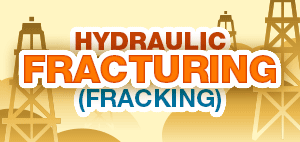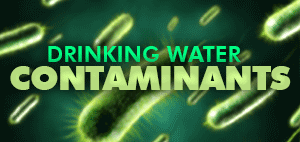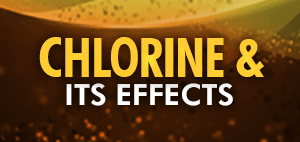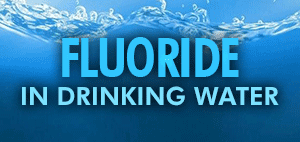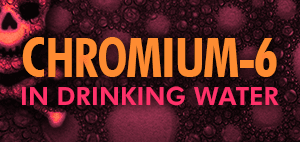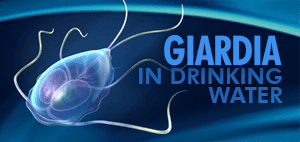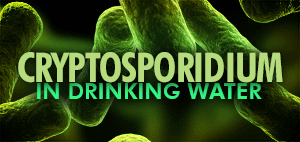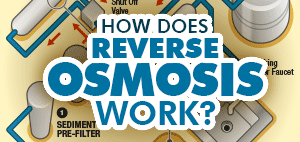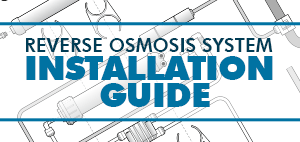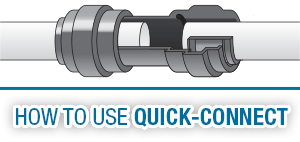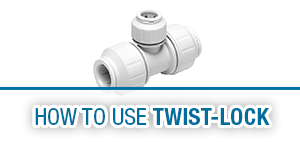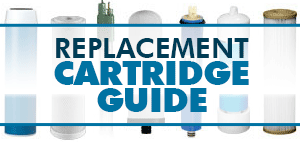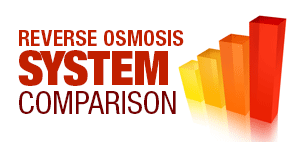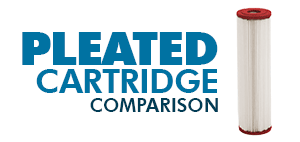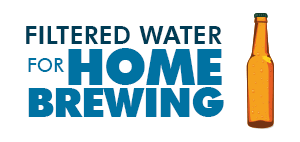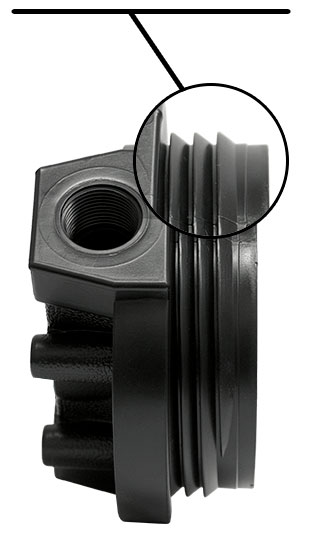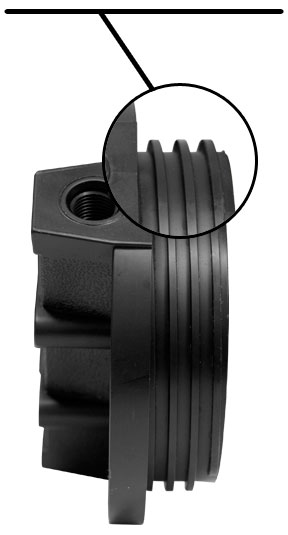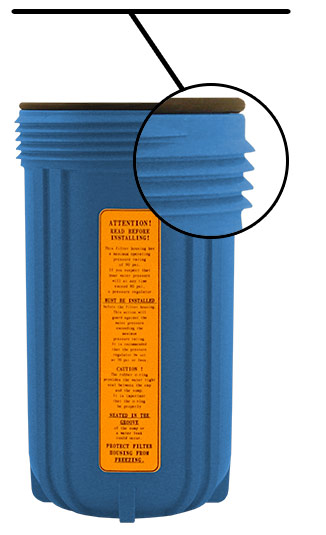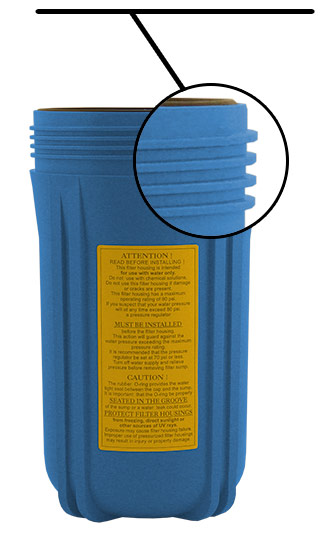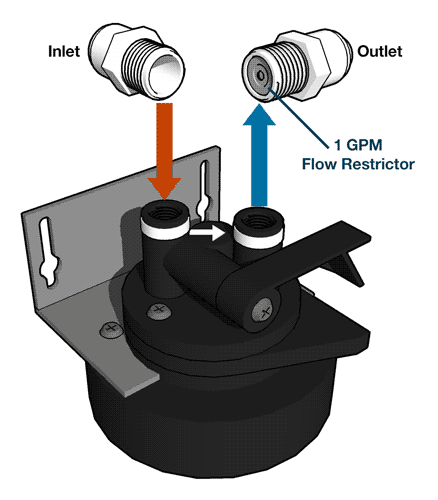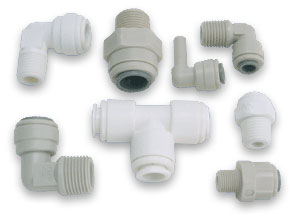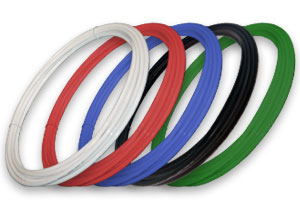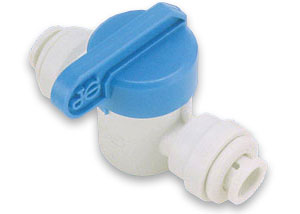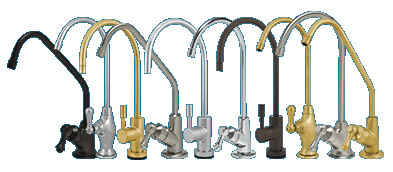What is MTBE?
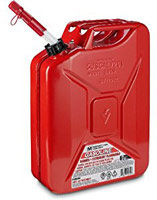 MTBE(methyl tertiary-butyl ether) is a chemical compound that is manufactured by the chemical reaction of methanol and isobutylene. MTBE is produced in very large quantities (over 200,000 barrels per day in the U.S. in 1999) and is almost exclusively used as a fuel additive in motor gasoline. It is one of a group of chemicals commonly known as “oxygenates” because they raise the oxygen content of gasoline. At room temperature, MTBE is a volatile, flammable and colorless liquid that dissolves rather easily in water.
MTBE(methyl tertiary-butyl ether) is a chemical compound that is manufactured by the chemical reaction of methanol and isobutylene. MTBE is produced in very large quantities (over 200,000 barrels per day in the U.S. in 1999) and is almost exclusively used as a fuel additive in motor gasoline. It is one of a group of chemicals commonly known as “oxygenates” because they raise the oxygen content of gasoline. At room temperature, MTBE is a volatile, flammable and colorless liquid that dissolves rather easily in water.
MTBE had been used in U.S. gasoline at low levels since 1979 to replace lead as an octane enhancer (helps prevent the engine from “knocking”). Between 1992 and 2005, MTBE had been used at higher concentrations in some gasoline to fulfill the oxygenate requirements set by Congress in the 1990 Clean Air Act Amendments. (A few cities, such as Denver, used oxygenates (MTBE) at higher concentrations during the wintertime in the late 1980’s.)
Oxygen helps gasoline burn more completely, reducing harmful tailpipe emissions from motor vehicles. In one respect, the oxygen dilutes or displaces gasoline components such as aromatics (e.g., benzene) and sulfur. In another, oxygen optimizes the oxidation during combustion. Most refiners have chosen to use MTBE over other oxygenates primarily for its blending characteristics and for economic reasons.
How does MTBE get into My Drinking Water?
There are opportunities for MTBE to leak into the environment (and potentially get in drinking water sources) wherever gasoline is stored, and there are opportunities for it to be spilled whenever fuel is transported or transferred. While federal and state programs minimize the potential for leaks and spills, no system is foolproof.
Contamination of drinking water sources can occur from leaking underground and above ground fuel storage tanks, pipelinees, refueling spills, automobile accidents damaging the fuel tank, consumer disposal of “old” gasoline”, emissions from older marine engines, and to a lesser degree, storm water runoff, and precipitation mixed with MTBE in the air.
What are the Health Effects of MTBE Exposure?
The majority of the human health-related research conducted to date on MTBE has focused on effects associated with the inhalation of the chemical. When research animals inhaled high concentrations of MTBE, some developed cancers or experienced other non-cancerous health effects To date, independent expert review groups who have assessed MTBE inhalation health risks e.g., Interagency Assessment of Oxygenated Fuels) have not concluded that the use of MTBE-oxygenated gasoline poses an imminent threat to public health. However, researchers have limited data about what the health effects may be if a person swallows (ingests) MTBE. EPA’s Office of Water has concluded that available data are not adequate to estimate potential health risks of MTBE at low exposure levels in drinking water but that the data support the conclusion that MTBE is a potential human carcinogen at high doses. Recent work by EPA and other researchers is expected to help determine more precisely the potential for health effects from MTBE in drinking water.
EPA reviewed available health effects information on MTBE in its 1997 Drinking Water Advisory guidance and decided that there was insufficient information available to allow EPA to establish quantitative estimates for health risks and as such would not set health advisory limits. The drinking water advisory document indicates that there is little likelihood that MTBE in drinking water will cause adverse health effects at concentrations between 20 and 40 ppb or below.
Does the EPA Regulate MTBE in Groundwater?
A growing number of studies have detected MTBE in ground water throughout the country; in some instances these contaminated waters are sources of drinking water. Low levels of MTBE can make drinking water supplies undrinkable due to its offensive taste and odor.
EPA has not set a national standard for MTBE, although some states have set their own limits. EPA will issue a secondary drinking water standard, based on taste and odor, by late Fall 2000. This taste and odor standard will serve as a guideline that states may adopt. In December 1997, EPA issued a Drinking Water Advisory that states concentrations of MTBE in the range of 20 to 40 ppb of water or below will probably not cause unpleasant taste and odor for most people, recognizing that human sensitivity to taste and odor varies widely. The advisory is a guidance document that recommends keeping concentrations below that range. EPA also reviewed the available information on health effects in the 1997 advisory and stated that there is little likelihood that MTBE concentrations between 20 and 40 ppb in drinking water would cause negative health effects.
EPA is continuing to study both the potential health effects and the occurrence of MTBE, and it is on a list of contaminants (Contaminant Candidate List) for which EPA is considering setting health standards. As a means of gathering occurrence information, beginning in 2001, EPA will require all large drinking water systems and a representative sample of small systems to monitor and report the presence of MTBE (Unregulated Contaminant Monitoring Regulation).
MTBE Removal From Drinking Water
Systems and cartridgesbelow are the most effective treatment for the home reduction or removal of Methyl Tertiary Butyl Ether.
Everpure H-1200 Cartridges
Sources of Information on MTBE
- EPA – Methyl Tertiary Butyl Ether (MTBE)
- Wikipedia – Methyl Tert-Butyl Ether
- Wikipedia – MTBE controversy
The foregoing information was compiled from the the links listed above.





